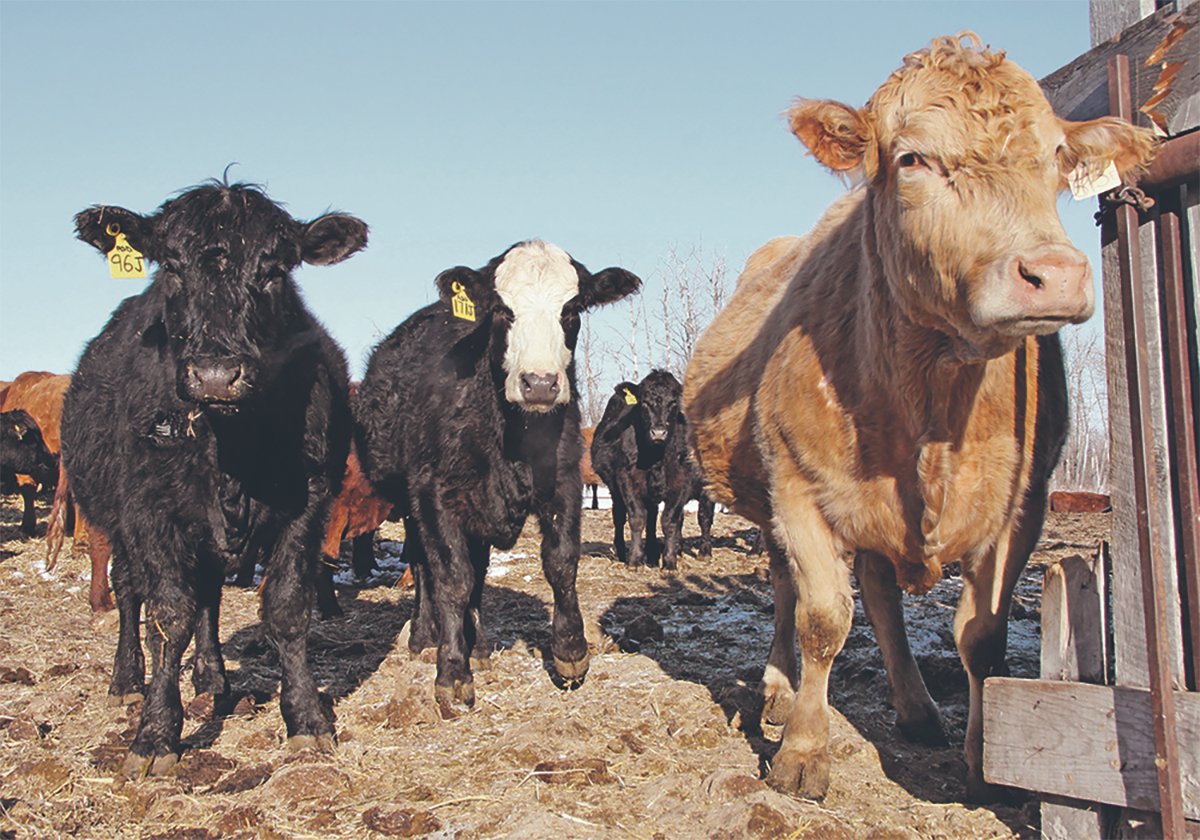Prince Charles has been a royal pain in the butt for Europe’s
agriculture biotechnology community.
Julian Kinderlerer, assistant director of Britain’s Sheffield Institute
of Biotechnology, said the Prince of Wales was the catalyst that
sparked the outcry against genetically modified organisms in the United
Kingdom with an article he published on his website in 1998.
In that article he said: “Mixing genetic material from species that
cannot breed naturally takes us into areas that should be left to God.
Read Also

Livestock inspection costs increase in Saskatchewan
The Sept. 1 50-cent increase to livestock inspection fees may seem like another hit when everything is going up, but the chief executive officer of Livestock Services of Saskatchewan said producers should consider the value they receive in return.
We should not be meddling with the building blocks of life in this way.”
He followed that up with a 1999 article published in the Daily Mail,
one of the country’s largest tabloid newspapers, in which he said the
United Kingdom doesn’t need GM food at all.
The prince also said that people who wish to be sure that they are
eating or growing “real food” will be denied that choice if
conventional or organic crops become contaminated by GM crops grown
nearby.
His words sparked a media frenzy, said Kinderlerer, in a speech he
delivered at the Agricultural Biotechnology International Conference
2002, held in Saskatoon last week.
The professor said there is a growing rift between the Americas where
there is “broad acceptance” of agricultural biotechnology, and Europe
where there is “broad rejection” of genetically modified crops.
The stories and opinion pieces in the British press had a crushing
effect on sales of GM products in that country, best exemplified by
what happened to Zeneca’s GM tomato paste, which was a top seller in
Britain prior to the prince’s comments.
“Within two months sales fell to zero.”
Kinderlerer said Britain’s biotechnology community has done a poor job
combating the negative press.
Meanwhile, Saskatoon’s anti-GMO community made its presence felt at the
ABIC 2002 conference.
Protesters staged a small demonstration during the first day of the
event, holding an “organic hoe-down” outside the building where the
conference took place.

















